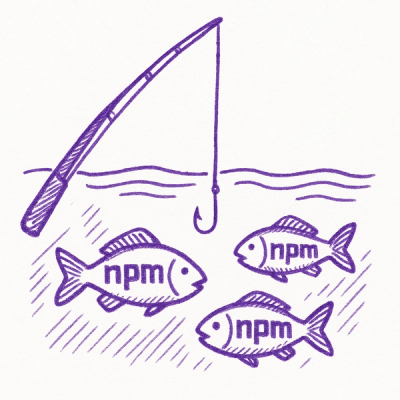django-siteforms
https://github.com/idlesign/django-siteforms
|release| |lic| |coverage|
.. |release| image:: https://img.shields.io/pypi/v/django-siteforms.svg
:target: https://pypi.python.org/pypi/django-siteforms
.. |lic| image:: https://img.shields.io/pypi/l/django-siteforms.svg
:target: https://pypi.python.org/pypi/django-siteforms
.. |coverage| image:: https://img.shields.io/coveralls/idlesign/django-siteforms/master.svg
:target: https://coveralls.io/r/idlesign/django-siteforms
Description
Django reusable app to simplify form construction
For those who consider maintaining templates-based forms solutions for Django a burden.
Features:
- Full form rendering support, including prolog and submit button
- Subforms support (represent entire other form as a form field): JSON, Foreign Key, Many-to-Many
- Field groups
- Declarative attributes for elements
- Simplified declarative forms layout, allowing fields ordering
- Simple ways to make fields hidden, disabled, readonly
- Support for fields from model's properties
- Aria-friendly (Accessible Rich Internet Applications)
- Complex widgets (e.g. using values from multiple fields) support
- Filter-forms (use form for queryset filtering)
Supported styling:
- No CSS
- Bootstrap 4
- Bootstrap 5
Usage
To render a form in templates just address a variable, e.g. <div>{{ form }}</div>.
.. note:: By default there's no need to add a submit button and wrap it all into <form>.
Basic
Let's show how to build a simple form.
.. code-block:: python
from django.shortcuts import render
from siteforms.composers.bootstrap5 import Bootstrap5
from siteforms.toolbox import ModelForm
class MyForm(ModelForm):
"""This form will show us how siteforms works."""
disabled_fields = {'somefield'} # Declarative way of disabling fields.
hidden_fields = {'otherfield'} # Declarative way of hiding fields.
readonly_fields = {'anotherfield'} # Declarative way of making fields readonly.
class Composer(Bootstrap5):
"""This will instruct siteforms to compose this
form using Bootstrap 5 styling.
"""
class Meta:
model = MyModel # Suppose you have a model class already.
fields = '__all__'
def my_view(request):
# Initialize form using data from POST.
my_form = MyForm(request=request, src='POST')
is_valid = form.is_valid()
return render(request, 'mytemplate.html', {'form': my_form})
Composer options
Now let's see how to tune our form.
.. code-block:: python
from siteforms.composers.bootstrap5 import Bootstrap5, FORM, ALL_FIELDS
class Composer(Bootstrap5):
opt_size='sm' # Bootstrap 5 has sizes, so let's make our form small.
# Element (fields, groups, form, etc.) attributes are ruled by `attrs`.
# Let's add rows=2 to our `contents` model field.
attrs={'contents': {'rows': 2}}
# To group fields into named groups describe them in `groups`.
groups={
'basic': 'Basic attributes',
'other': 'Other fields',
}
# We apply custom layout to our form.
layout = {
FORM: {
'basic': [ # First we place `basic` group.
# The following three fields are in the same row -
# two fields in the right column are stacked.
['title', ['date_created',
'date_updated']],
'contents', # This one field goes into a separate row.
],
# We place all the rest fields into `other` group.
'other': ALL_FIELDS,
}
}
Documentation
https://django-siteforms.readthedocs.org/



